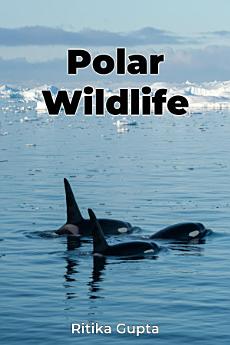Polar Wildlife
Mar 2025 · Publifye AS
Ebook
66
Pages
family_home
Eligible
info
reportRatings and reviews aren’t verified Learn More
About this ebook
Polar Wildlife explores the remarkable survival strategies of animals in the Arctic and Antarctic, revealing how they thrive in extreme cold, prolonged darkness, and variable food availability. The book highlights the physiological, behavioral, and ecological adaptations that allow creatures like polar bears, seals, penguins, and even invertebrates to flourish. One intriguing insight is how marine mammals maintain their body temperature in freezing waters through specialized thermoregulation, while others migrate thousands of miles, showcasing incredible navigation skills.
The book progresses through thematic chapters, first examining physiological adaptations like energy storage and sensory systems. Then, it delves into behavioral adaptations such as migration patterns and hunting strategies. Finally, it covers ecological relationships, including food webs and the critical role of sea ice.
A key focus is on how climate change, pollution, and human activities threaten these fragile ecosystems, emphasizing the urgent need for conservation efforts. The approach is balanced and objective, drawing on scientific research to present a comprehensive overview of polar wildlife and the environmental challenges they face.
Rate this ebook
Tell us what you think.
Reading information
Smartphones and tablets
Install the Google Play Books app for Android and iPad/iPhone. It syncs automatically with your account and allows you to read online or offline wherever you are.
Laptops and computers
You can listen to audiobooks purchased on Google Play using your computer's web browser.
eReaders and other devices
To read on e-ink devices like Kobo eReaders, you'll need to download a file and transfer it to your device. Follow the detailed Help Center instructions to transfer the files to supported eReaders.







